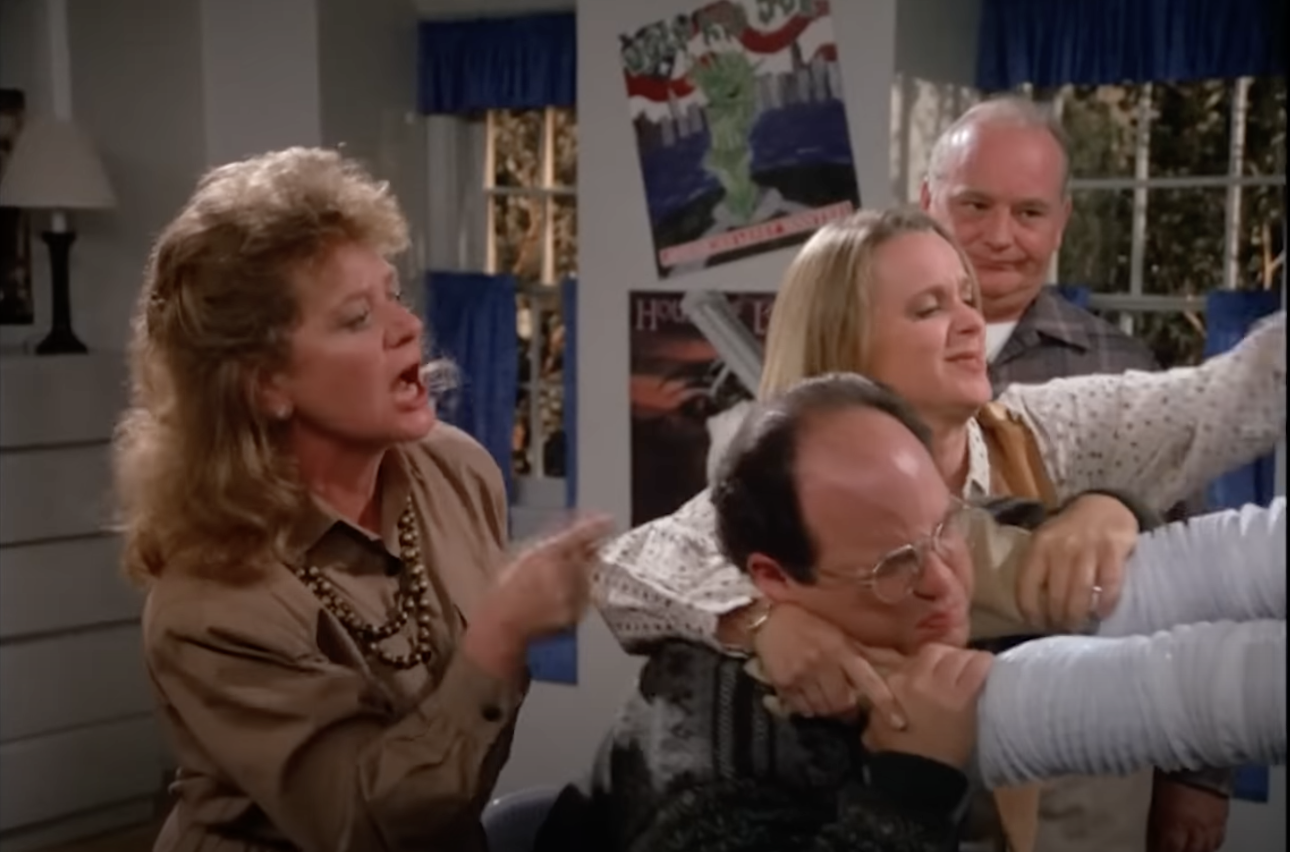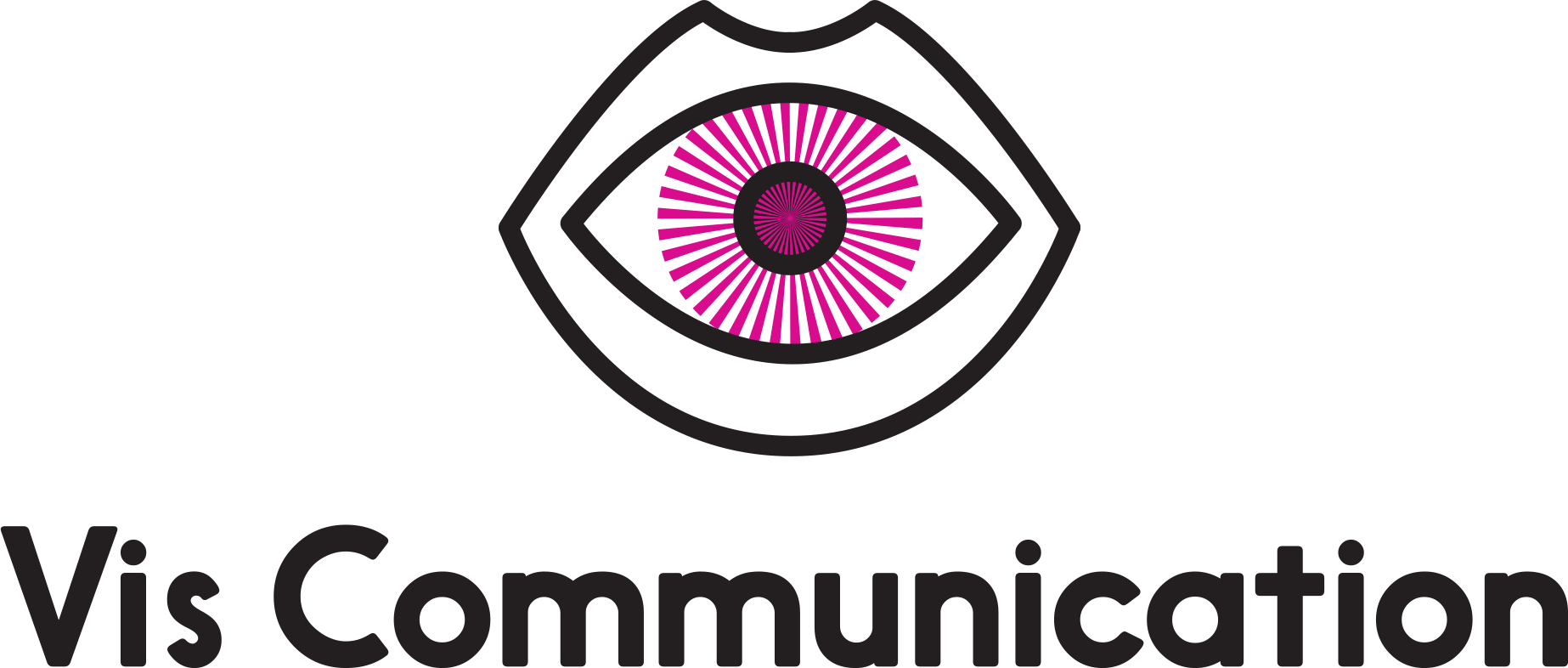Putting it All Back Together
After years of hyper specificity, are we ready for a wider view?

We tend to reward people for being really good at just one thing – spending a lifetime studying math or acting or being a master electrician. Advertising encourages companies to distinguish themselves apart by being better at one thing than the other guys and communicating to consumers what that thing is. It’s what I would recommend.
At least the last ten years have been very much about getting more and more specific. Everybody’s bio on Instagram has links to their three other niche projects. Matching the exact person with the exact obscure content. But that hyper specific content has started to feel a bit dull to me. Maybe because the algorithms feed into themselves and continue to recommend even more hyper specific content – the content bubble.

Ultimately it makes people start to feel one-dimensional. Oh, he’s the guy who makes a ham and cheese sandwich on YouTube every day. I’m all for finding your team, but what if it goes too far?
One of the skills of thinking creatively is to be able to make connections between things that don’t seem related on the surface. And the only way you’re going to do that is if you have a collection in your mind of all kinds of random stuff. You never know what bits will come together for an Aha! moment.
What if we bring back the idea of the “Renaissance Person”. The person who is interested in design and science and art and food and we can see that in, dare I say, one place. Instead of making people carve up themselves into different cuts that fit into neat hashtags and then admin all those parts separately. Who has the time?
Matt Klein wrote a great piece on Resisting Audience Capture. Up to a certain point a creator is capturing the audience, but it can flip, and the audience captures the creator. The audience’s wants and choices become more important than the creator’s intention.
The social part of social media is in conflict with advertising systems as they currently stand. Sure, we want to find the things we like, but what about the things we don’t yet know we like? From Matt's article:
Audiences pose the same risk to us as they did for Ford.
“What do you want?”
“A faster horse.”
Audiences never know what they want. As creators, if we comply with what audiences think they want, we’ll miss out on what’s possible. Substitute “audience” with “algorithm” and the advice still holds. The only way to beat the algorithm is to stop playing its game.
For Rick Rubin,
“The audience comes last.”
“The audience doesn’t know what they want.”
I'll be piecing my virtual self back together.

